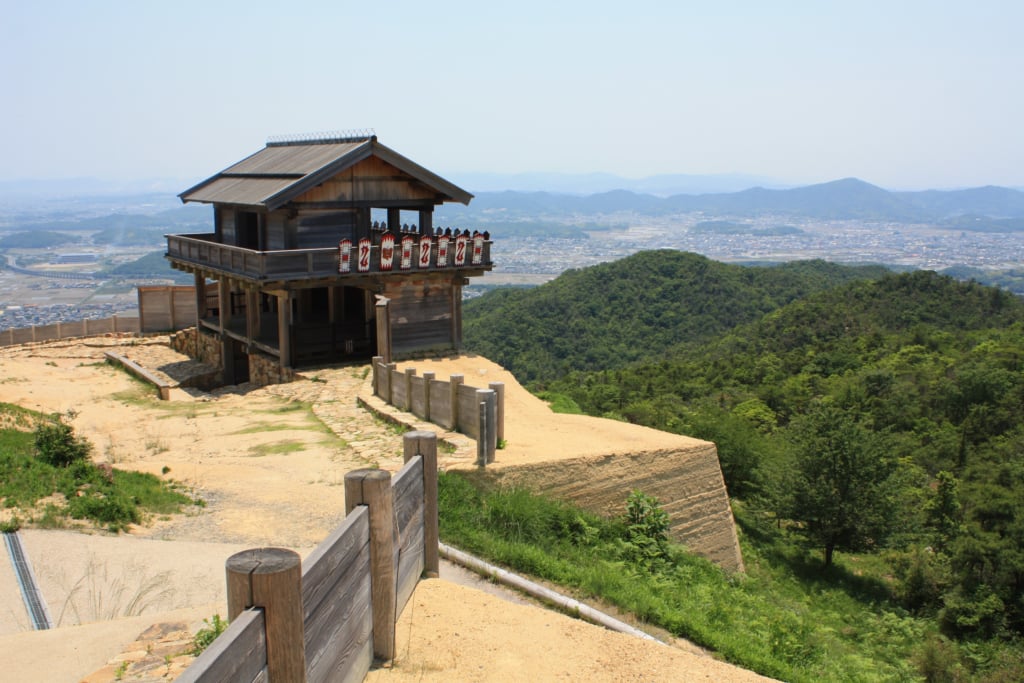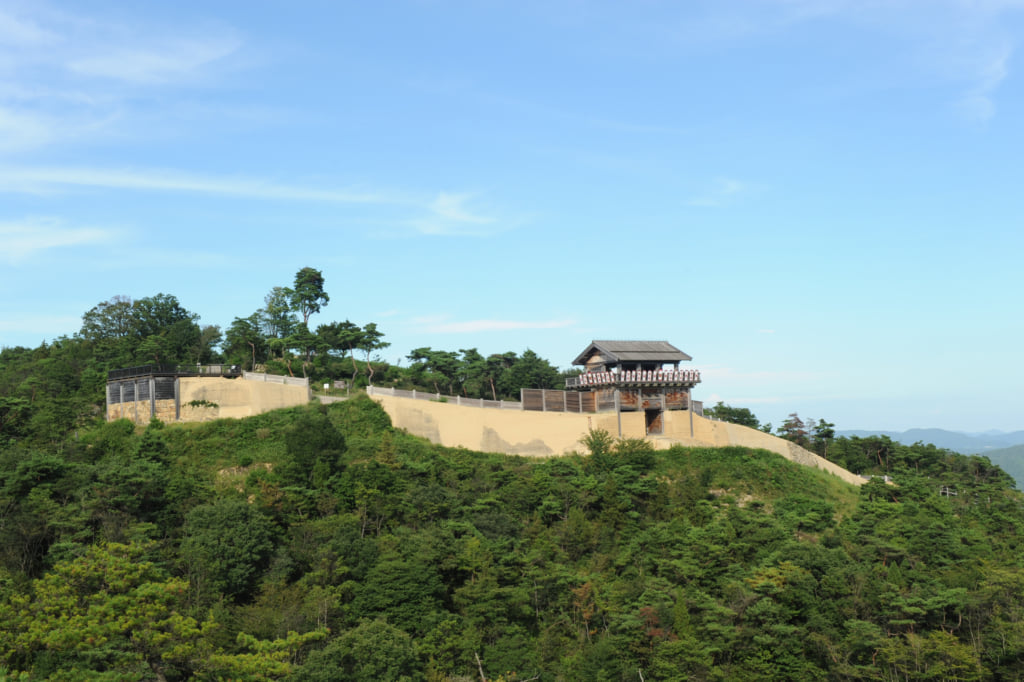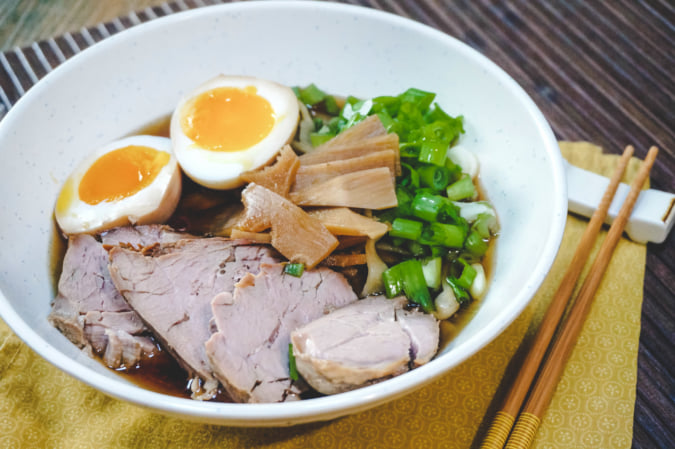Kinojo Castle, the Home of Popular Tales
Located in Okayama prefecture, the thousand-year-old fortress is now known for having served as the setting for ‘Momotaro’.

© Okayama Prefectural Tourism Federation
Perched on the summit of Mount Kijo, the ruined castle overlooks the city of Soja. Built in the 7th century by the Yamato Imperial Court as a defence against invaders, the site forged its reputation by becoming the setting for several Japanese legends.
Indeed, as its name indicates, Kinojo literally means ‘demon’s castle’.
The setting for one of the most popular tales in Japan
One story tells of how, in the Kingdom of Kibi, now Okayama, a monster from another country set up home in a fortress located up high that he built himself, named Kinojo. Known by the name of ‘Prince Ura of Kudara’, he spread terror among the residents. To restore peace, a mythological hero decided to kill the demon on the mountain.
This story is at the origin of the equally famous tale of Momotaro, the child born in a peach, a fruit grown in abundance in the region of Okayama. After having been picked by an elderly couple, the child decides to leave the family home to hunt ogres on the island of Onigashima. Accompanied by a talking dog, monkey and pheasant, he fights the head of the giants, Ura, and returns to his village triumphant. Thanks to his courage and generosity, he has become a strong symbol in Japanese folklore. In certain versions, Momotaro takes on the qualities of Prince Isaserihiko, who vanquished the demon Ura.
A national treasure in ruins
Classed as a national heritage site and named as one of the 100 most beautiful castles in the country, the cultural property Kinojo has been undergoing reconstruction work since the early 2000s. The western entrance and the corner building, restored in 1996, are the two parts that can be viewed close up. To discover more about them, there is a visitor centre that is free to access. A diorama allows visitors to imagine the importance of the building and its forges, watchtowers and other defensive systems at the time.
In the kogoishi style (a structure made from earth on a stone foundation), the castle includes authentic aspects of a medieval fortress, with four entrances standing 6 metres high and six lock gates. Archaeological artefacts, pottery, weapons and tools made from iron have also been discovered on the site. Now, all that remains are ruins spread over an area of 30 hectares. Paths have been created so visitors can admire the remains, but also the unobstructed panoramic view over Soja.
More information can be found on the Okinawa Tourist Office website.

© Okayama Prefectural Tourism Federation

© Okayama Prefectural Tourism Federation
TRENDING
-
Ishiuchi Miyako, A Singular Perspective on Women
Recipient of the 2024 Women in Motion Award, the photographer creates intimate portraits of women through the objects they left behind.

-
Recipe for Ichiraku Ramen from ‘Naruto’ by Danielle Baghernejad
Taken from the popular manga with the character of the same name who loves ramen, this dish is named after the hero's favourite restaurant.

-
Namio Harukawa, Master of Japanese SM Art
'Garden of Domina' offers a dive into the world of an icon of ‘oshiri’, whose work has now reached a global audience.

-
The Tattoos that Marked the Criminals of the Edo Period
Traditional tattoos were strong signifiers; murderers had head tattoos, while theft might result in an arm tattoo.

-
The Emperor of Japanese Porn is Now the Star of a Netflix Series
Deliciously funny, The Naked Director especially succeeds in reviving the atmosphere that was so characteristic of 1980s Japan.





